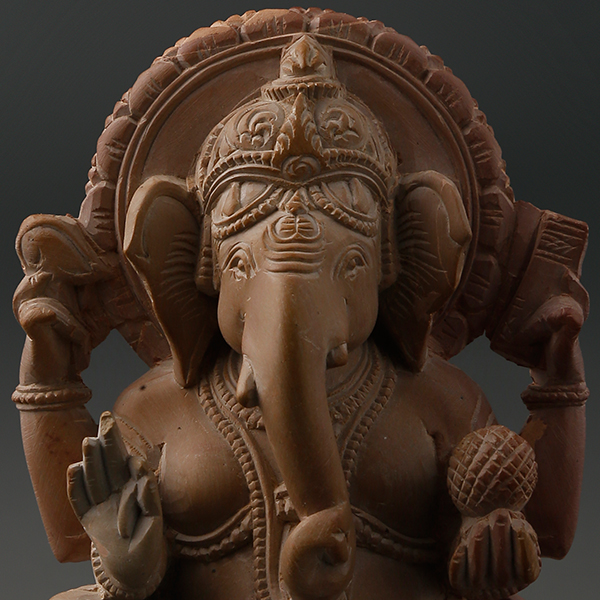
Map Loading...
Soap Stone sculpture
KARNATAKA
Carving on soapstone has been practised as an art since ancient times. A range of products such as jewellery, cooking paraphernalia, and sculptures are carved even today. Soapstone is a very soft mineral containing mostly talc. It is very soapy to touch, hence the term.
The antiquity of working with soapstone dates back more than three millennia. Crafts people began working with soapstone in India centuries ago; the Hoysala Temples at Belur and Halebid and the Jain site of Shravanabelagola stand testament to their craftsmanship. “In Karnataka, a large number of artisans are employed in soapstone carving and yield some very elaborate work. The traditional method of carving is still used, where in the stone is cut at the mine by men, and some of the rudimentary shaping is done at the quarry site itself. Womenfolk are a key labour force and do the finer finishing and refining. Soapstone as a medium provides sculptors with an assortment of colours to choose from.''
Over the years, artisans have managed to develop a growing export market for smaller products.
Material
Soapstone
Technique
Carving
Showcase




